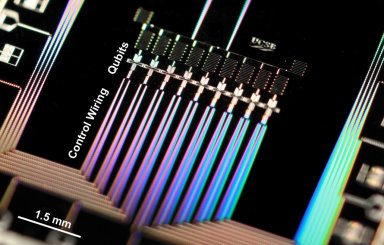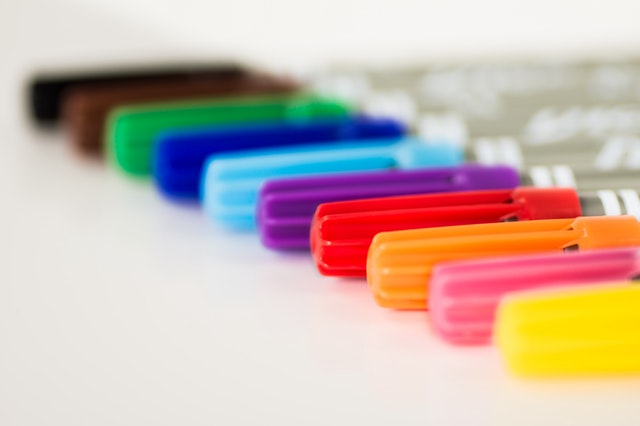An international team of physicists has demonstrated that quantum particles can carry an unlimited amount of information about the things with which they interacted.
And a physical property, called “quantum negativity”, can exploit this information to make more accurate measurements than any “meter” can measure today – from molecular distances to gravitational waves.
Quantum Advantage in Postselected Metrology
The team is already working on devices that incorporate the discovery, with the aim of enabling much more accurate measurements in various technologies, from microscopes to quantum computers.
This will create fundamental instruments for the nascent quantum metrology , which uses the behavior of subatomic particles to make ultra-accurate measurements – metrology is the science of estimates and measurements.
To understand how this is done, it is necessary to take a look at the “quantum way” of looking at things.

Quantum Negativity
We are used to dealing with probabilities, ranging from 0% (it never happens) to 100% (it always happens). To explain the results of the quantum world, however, the concept of probability needs to be expanded to include the so-called quasi-probability, which can be negative.
This quasi-probability allows quantum concepts – such as Einstein’s “ghostly action at a distance” and particle-wave duality – to be explained in an intuitive mathematical language. For example, the probability that an atom is in a certain position and travel at a specific speed can be a negative number, such as -5%.
An experiment whose explanation requires negative probabilities is said to have “quantum negativity”. David Shukur and his colleagues have now demonstrated that this quantum negativity can help make more accurate measurements.
All metrology needs instruments, which can be rulers, thermometers etc. Quantum metrology, however, needs quantum particles acting as probes, which are then put to interact with the thing being measured. Then, the particles are analyzed by a detection device to interpret the measurement.
“We adapted standard information theory tools for near-probabilities and showed that filtering quantum particles can condense information from a million particles into one,” explained David Arvidsson, from the University of Cambridge, UK. “This means that detection devices can operate at their optimal inflow rate and receive information corresponding to much higher rates. This is prohibited under normal probability theory, but quantum negativity makes this possible.”
Quantum Metrology
An experiment carried out by the team at the University of Toronto, Canada, has already begun to build the technology to use these new theoretical results.
The goal is to create a device that uses single photon laser light to provide incredibly accurate measurements of optical components. These measurements are crucial for the creation of new advanced technologies, such as photonic quantum computers .
Quantum metrology can also improve measurements of more trivial things, including distances, angles, temperatures and magnetic fields.
And these more accurate measurements can lead to better and faster technologies. For example, many technologies depend on the precise alignment of components or the ability to detect small changes in the electric or magnetic fields. Greater precision in mirror alignment can allow for more accurate microscopes or telescopes, and better ways to measure the Earth’s magnetic field can lead to better navigation tools.
SOURCE
Article: Quantum advantage in postselected metrology
Authors: David RM Arvidsson-Shukur, Nicole Yunger Halpern, Hugo V. Lepage, Aleksander A. Lasek, Crispin HW Barnes, Seth Lloyd
Magazine: Nature Communications
Vol .: 11, Article number: 3775
DOI: 10.1038 / s41467-020-17559-w






























Discussion about this post